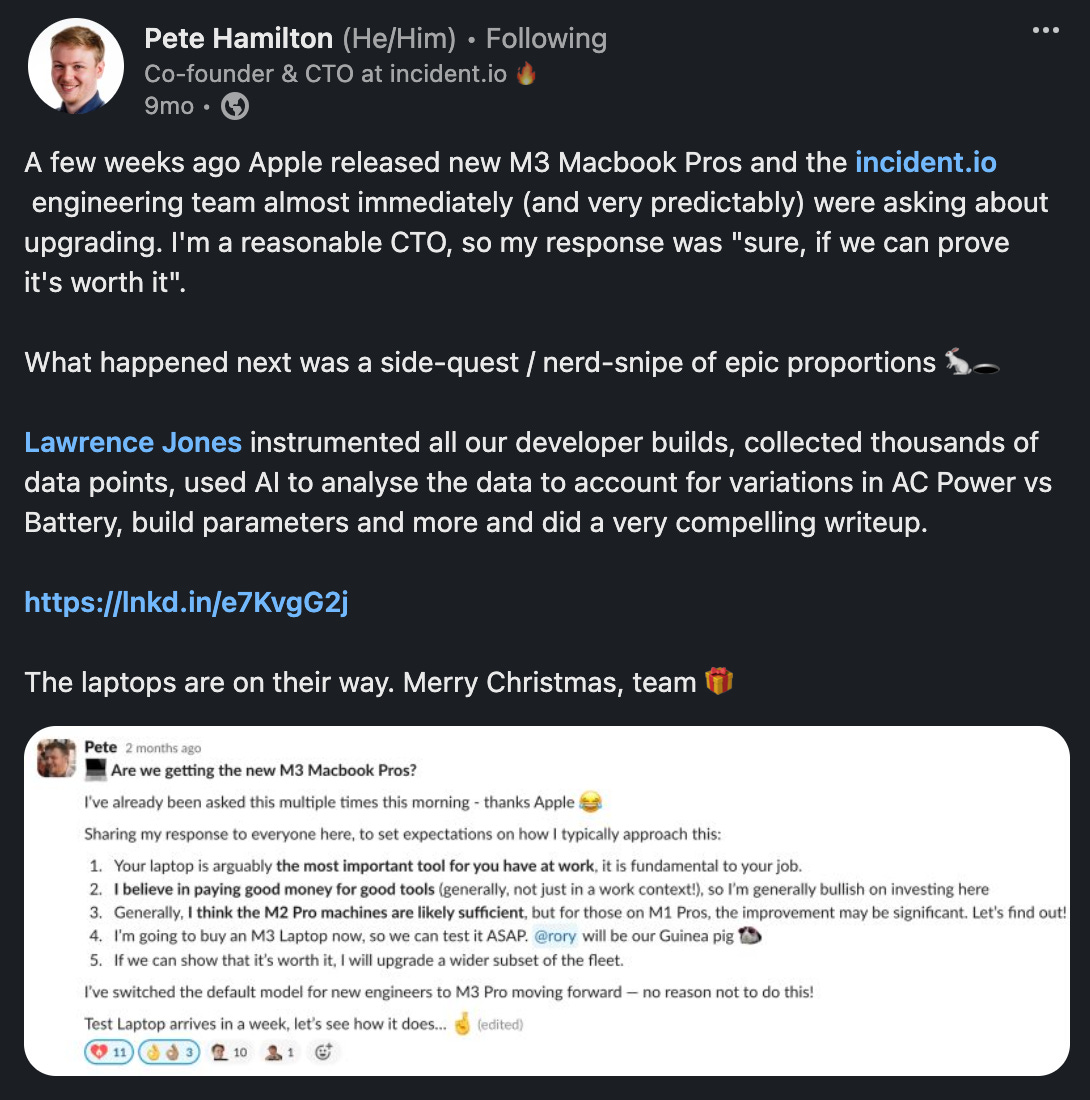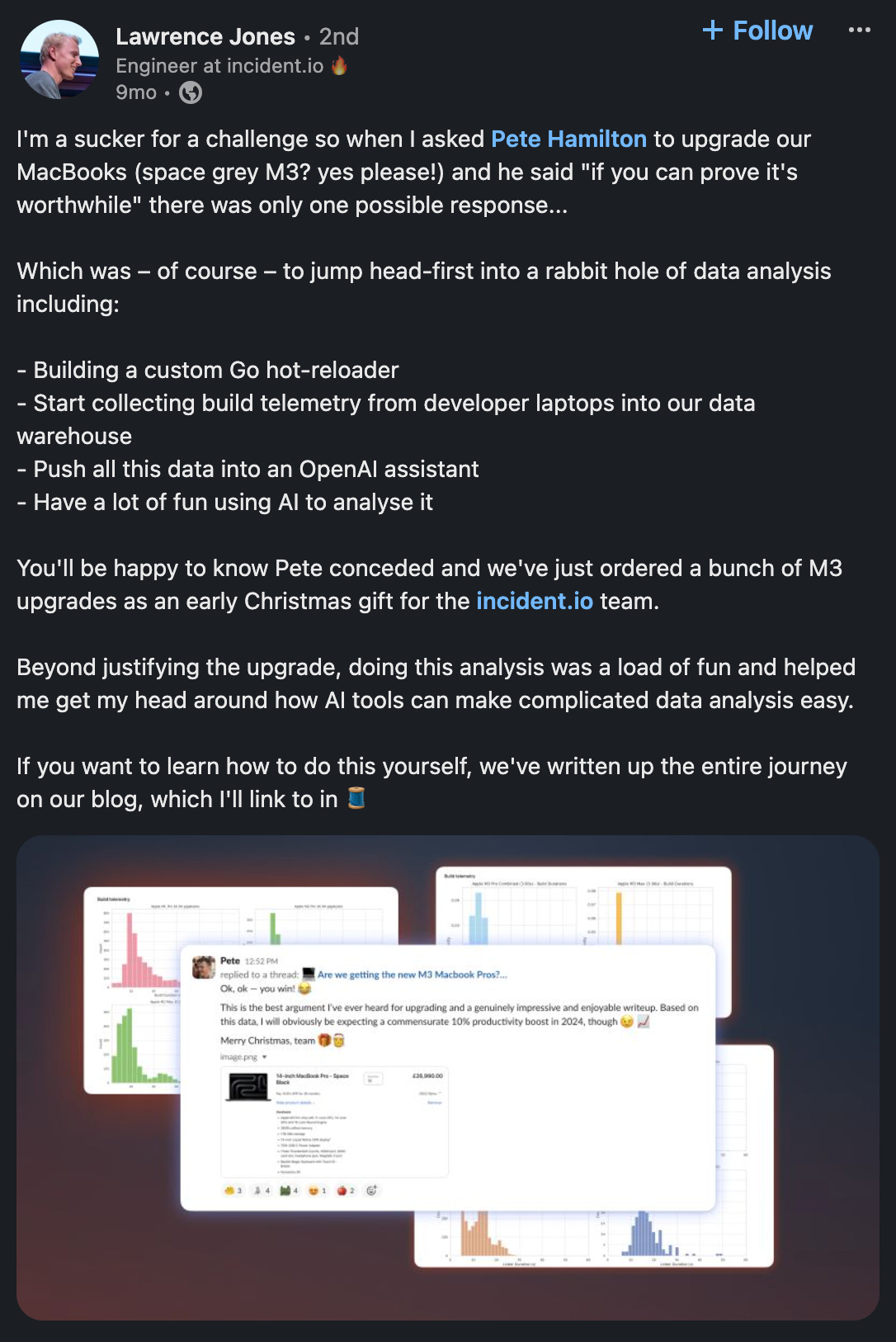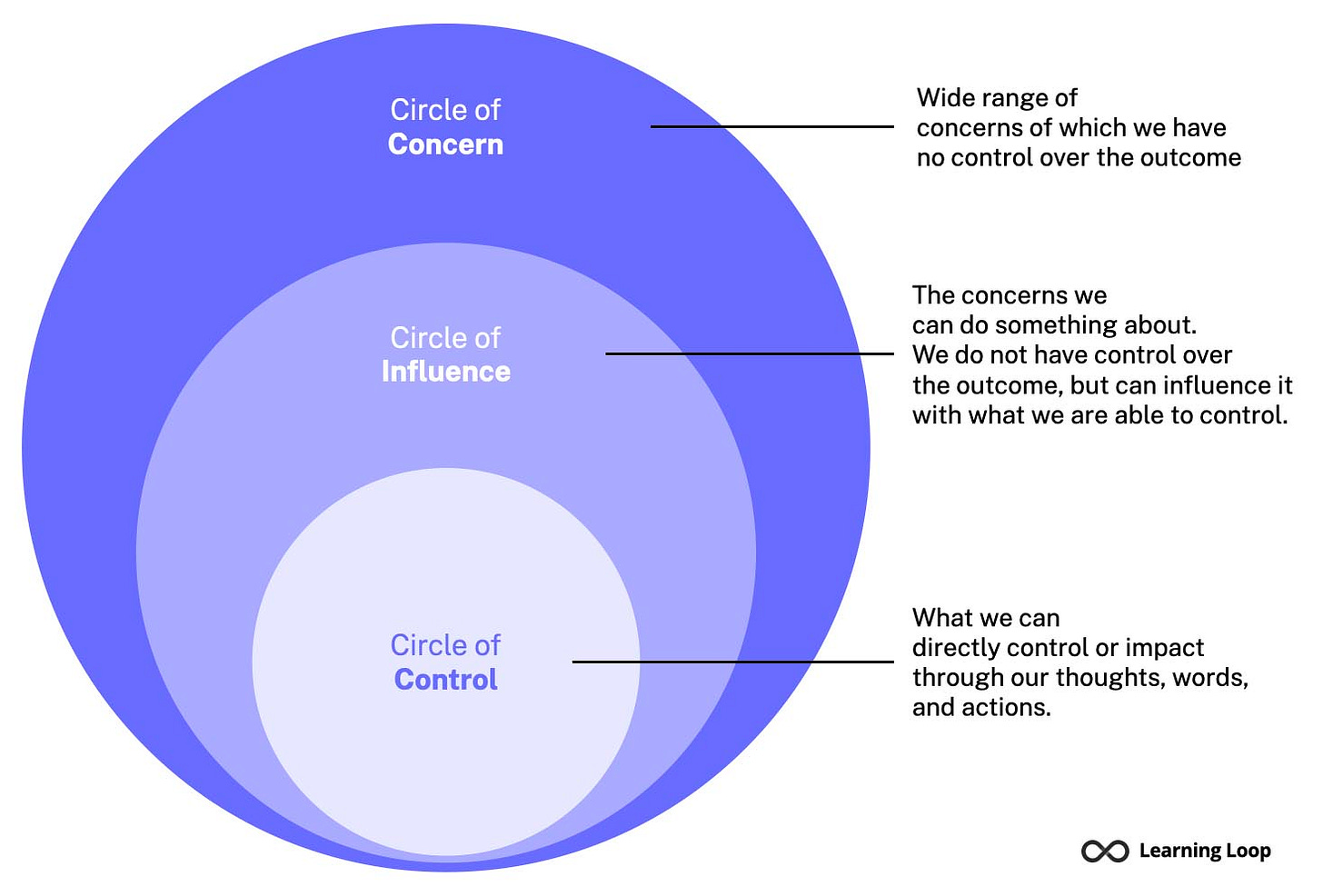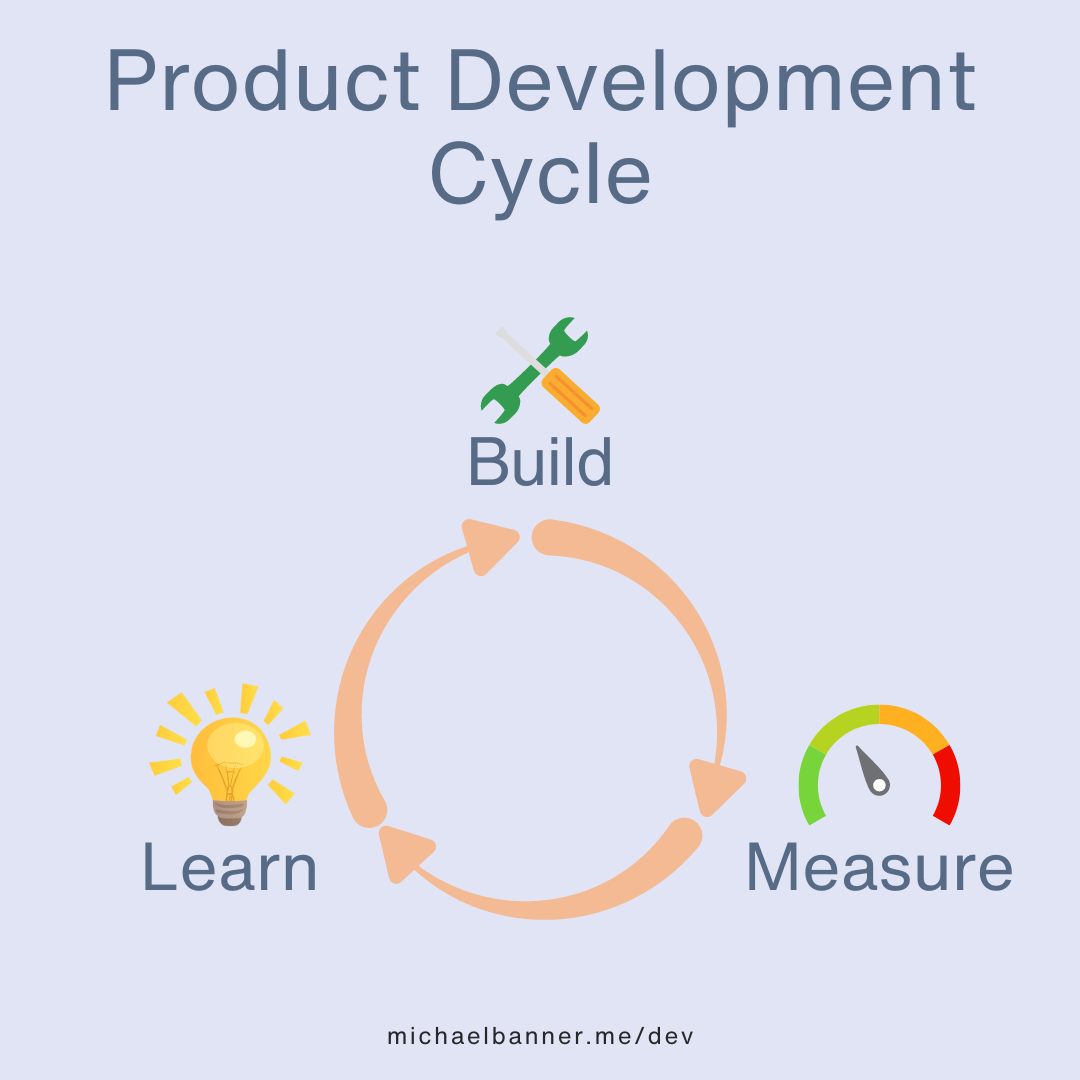The Diseconomies of Scale: How to fight back against organisational inertia
Trudging through the corporate sludge need not be as draining as it sounds. Use these methods to get things moving in the right direction.
Businesses will always have a level of corporate sludge (probably more commonly referred to as organisational inertia), which only gets worse the bigger the business grows. However, that’s fine and I’m here to tell you why being a manager in such business is an exciting opportunity.
Large organisations are, generally speaking, big beasts that often have multiple hearts in the shape of sub-divisions; which in their own right could possibly operate as their own independent businesses (and some are). They are a mass of different business domains which are comprised of many different teams, people, skills and disciplines. Each team, domain, division are likely tackling different issues at their micro level, and similarly feeding into the same broader goals at the macro level.
You have probably heard of the term ‘economies of scale’, referring to the characteristics of cost reductions (per unit) due to the increased benefits of the business size. An example of economies of scale is a car manufacturer producing vehicles. As the company increases production, it can buy raw materials like steel in bulk at a lower cost per unit. Additionally, the company can spread fixed costs, such as machinery and factory overhead, over a larger number of cars, reducing the average cost per vehicle. As a result, the cost to produce each car decreases as production scales up.
However as they scale further and further, such businesses can often see the effects of organisational inertia setting in during the opposite effect - diseconomies of scale. This is the point where communication breaks down, coordination becomes harder, decision-making slows down and overall the penalty on efficiency is high.
As stated on the business professor1, the following things happen:
It reduces effective communication in a company or business.
It creates a leg between operations and the level of outputs.
It causes a decline in motivation of employees, this is because they feel they are not doing enough or are less-valued and thereby become demotivated.
If the company is well-established, the effect of inertia can also set in due to the “we’ve always done if that way” attitude. If a company has been around for so long and survived many a recession, several pandemics and large competitors you can easily see why that might be the case. However, good business sense tells us to also be on our toes and seek ways to improve in order to remain in line with or above our closest market rivals.
With the preamble out of the way, let’s look at how management can help break free of these chains and start moving faster and more efficiently.
Start Locally
In larger organisations, your scope of influence as a manager will be smaller due to the processes and teams that are in place within different areas. In contrast, management within a startup are going to have a much wider-reaching impact, primarily due to the size of the business and need for multiple hats.
For example, I work as an Engineering Manager within a platform development team that subsequently sits within the wider Engineering discipline. Although I have the opportunity to (and actively encouraged to) make an impact outside of my team, the immediate control I have within my own local space is more readily accessible and hence easier to change.
Let’s take the ‘circles of influence’ model as demonstrated below.
Circle of Control
This is made up of the things closest to you, such as you direct team, key stakeholders and other key dependencies (e.g. enablement teams). Within the context of your domain, the circle of control has a direct impact on the success of the projects or products you are building.
Circle of Influence
This is made of of the parts of the system you can actively influence, regardless of whether that is people or systems. Consider this to be the secondary stakeholders such as the end user of a system, third party vendors
Circle of Concern
These are the things which matter to you, but realistically you have little ability to control them. Think along the lines of board-level executive decisions within the business (unless you are an exec of course). This can also include the macro-level impact of thing within the industry as a whole - you have little ability to change the shape of things, but it matters.
So with the above model in mind, the circle of control is where we should likely put our focus first. There are less hoops to jump through as you have the control required to make the decisions in your team(s).
For example I can use my circle of control to impact:
Team Operations: I can help control how my platform team operates, including setting priorities, managing workloads, and establishing development processes.
Technical Standards: I have control over the technical standards, best practices, and tools used within the team, such as how we might implement observability or manage our infrastructure using Terraform.
Team Development: I can also make an impact on the professional development of my team members, including mentoring, providing feedback, and facilitating learning opportunities.
To summarise, start small and make positive change in the places where you know you have more control. By reducing the barriers to failure, you’re more likely to have a lasting impact.
Leverage Working Groups
Let’s start with a textbook description of what a working group is:
A working group is a temporary or semi-permanent team composed of individuals from various backgrounds, departments, or areas of expertise, brought together to achieve a specific goal or address a particular issue.
The key thing about working groups is their desire to address a specific thing, whereby that ‘thing’ could be a challenge facing the business, an improvement to existing process or an exploration into something new entirely. The second element of a working group is the make-up of the people within the team, who generally should come to the group with a degree of experience, scope of influence or relevant information that can help propel them closer to their end goal.
As an example, I recently started a working group at Co-op. The focus of the group is to address the need for us to be more outwardly-facing as an engineering department, showcasing our great work through things such as blog posts, podcasts, conference talks and everything in between. The group is made up of:
A leader - Someone to drive the success of the group, helping facilitate sessions and holding people to account - in this case this is my role.
A sponsor - Someone external to the working group to help act as means to enact change in the business, generally someone with a degree of influence.
Members - Several individuals who can bring their collective experience to the group and help deliver on the outcomes.
When run effectively, working groups can be really effective at enacting change within a business. With the right level of sponsorship and collective skills, the outcomes of the group can drive organisational change/impact where a normal push from a lone individual would fall flat on its face.
To throw some examples out there and bring it to life a bit more, here are some working groups I’ve been involved in or seen:
Internationalisation (i18n) working group
A team made up of engineers, product managers, customer service owners and more.
The focus was to explore the best approach to implementing the internationalisation of the system from both an engineering perspective, whilst also considering the needs of the end user and business (hence the customer service input).
The result was a solid implementation that accounted for multiple languages/cultures, delivered through an extensible and easy to worth with solution on the engineering side.
Promotional Process Working Group
A team comprised of senior management, middle management and IC engineers.
The focus was to improve the promotion process, ensure it was as fair and accessible as possible and not overly demanding on the individual or their manager.
The result was a simplified process that used common templates for gathering thing like feedback and examples of demonstrating behaviours.
Incident Management Working Group
A team comprised of senior management and IC engineers
The focus was to review the effectiveness of the current incident management and response process.
The result was the addition of new resolution states such as ‘mitigated’, which made it clearer to the non-technical stakeholders that the customer impact had been resolved, but there was more work to do.
Use Data To Your Advantage
Data (for the most part) doesn’t lie. Making decisions based on assumptions and gut feel will only result in moderate success, but being able to quantify decisions makes things a lot easier to validate and get approval.
A great example that I witnessed over on LinkedIn a number of months ago, was a post from incident.io’s CTO Pete Hamilton regarding a request from his engineers to get new M3 MacBook Pros. This was evidently a potentially costly investment for the business, but Pete’s response simply wasn’t a straight-up “no”. To quote the guy directly “what happened next was a side-quest / nerd-snipe of epic proportions”.

With a test unit in the hands of the engineers, they set about working out the benefit the new machine would bring to the team. Although we can introduce the idea of confirmation bias, when data is viewed properly it can give us a clear yes or no as to whether something is a good investment. For example, I’ve almost convinced my wife that I need a third bicycle because one is a road bike, one is a hybrid and I definitely need a mountain bike so I can tackle all of the 3% gradients mountains near our house.
Following on from Pete’s request to his engineers, I’m happy to report that they didn’t fail to deliver in their investigation. As such, the engineers now have M3 MacBook pros!

Now data isn’t just useful for convincing your senior management that the newest Apple tech is required for your job. We can also use data to impact change in process, upgrade our tooling, push for higher salaries etc. Some example data points relating to these examples could be:
Our metrics indicate that we’re experiencing 1 major incident per 10 deployments. The deployment mechanism is slow, the pipelines are flaky and we have limited test coverage on the system. We need to invest in updating our pipelines and introducing better testing within the process, ideally TDD during the development cycle.
We currently have one agent on the build pipelines resulting in a massive bottleneck during peak times of the day. As such the mean time to deploy (MTTD) can be up to an hour, which during incidents causes massive problems. For £{some arbitrary amount} extra a month, we can allow for a larger number of parallel builds and deploys and lessen the risk during incidents.
Our attrition rate has increased by 5% over the last 12 months. Stats indicate that we are paying 60% of our department well below the average market rate. As such, we are losing top talent and need to continually go through expensive recruitment processes and onboarding again. The cost of retention would be cheaper than the cost of having to backfill these positions.
💡 Tip: Data is important, but so is how the data is presented. It can often paint a different view of the situation depending on how it is viewed, so consider this carefully based up on the intended audience.
Encourage Experimentation & Failure
Experimentation and failure, trial and error, try things and break things - all the same thing. It’s the attitude that goes along with this that is the important part.
Failure is something I have spoken about heavily in various blog posts2, LinkedIn3 snippets and on podcasts. The word immediately summons negative connotations, primarily due to our innate need to seek approval in social settings; therefore, being seen to fail contradicts this notion. Failure by its very definition does not equal success, however, learning from it does…
Using The Learn Startup (Eric Ries) as a good example, the book proposes that businesses (especially startups, hence the name) should seek to minimise feedback loops. This is generally in relation to product development, whereby we seek to get feedback from the end users and iterate or pivot our approach depending on what we see/hear. This is far from the often waterfall approach adopted by larger, older organisations which proceed from discovery, build, testing and deployment stages resulting in a “big bang” release at the end. It is more commonplace nowadays to see what we might refer to as “Wagile” - a combination of Waterfall and Agile methodologies where these smaller feedback loops are incorporated into the flow.
Experimentation can be done in many way, including:
Spikes into technical approaches - quick validations into the viability of a solution
Actual testing strategies (usually on UX) such as A/B testing4, fake door testing5
Pilot programmes
Hackathons - focus around a general goal and let the teams find the solutions
and more…
The key thing here is to use your managerial position to help promote a culture of experimentation. Going back to the first idea of starting small, consider using experimentation within your own team space. Data gathered from experimentation might then give you grounds to propose bigger changes within the organisation, without the need for it to simply be a hunch.
The other key aspect around this is to promote failure as a platform for learning. Failing forwards is a common cliché used to describe this mentality, but it is super valid despite it’s potential overuse. Instead of apportioning blame to individuals when things go wrong, experiments fail or hunches aren’t correct; perform post-mortems to discover why things didn’t go to plan and create action for change. By learning from failed efforts, we instead put the energy into making the future a better place by avoiding the same mistakes twice. As with other things mentioned in this post, start small when trying to change culture - focus on your closer circle first and let the mindset spread outwards organically as the fruits of the method talk for themselves.
Conclusion
This post is by no means an exhaustive list of things, they’re just things I’ve seen, used and tested myself. There is also lots of reading material around these ideas and I recommend you look at them, as I can only really give my interpretation of them. The other thing to recognise is that businesses, teams and you (as the managers) will be at different parts of the journey. Some businesses will be in startup mode and not suffer from as much inertia, however, they face the problem of potentially going too fast. Adapt these approaches, use what works for you but ultimately don’t be deterred out of the thought of not being able to make an impact - I assure you that you can and will!
Thank you for reading, and until next time take care!
The Business Professor: The Diseconomies of Scale - https://thebusinessprofessor.com/en_US/economic-analysis-monetary-policy/diseconomies-of-scale-definition
A/B Testing - Wiki Article on A/B testing
Fake Door Testing - Article on Fake Door Testing




